Contributing to the traditional cultural identity of the ethnic minorities of Kon Tum, blending with the passionate gong melodies in festivals, there are many captivating and attractive xoang songs. In village festivals or happy occasions within the family, xoang melodies are passionate and bustling; but at funerals or when there is illness, xoang melodies are slow and sad.
In the small kitchen, the excellent artist Y Der in Kon So Tiu village (Ngoc Reo commune, Dak Ha district) was very happy when she was reminded of the xoang dance of the To Drá people in the Ngoc Wang mountains. While slowly explaining, she occasionally stood up enthusiastically, enthusiastically illustrating with each hand gesture and foot beat. The xoang dance “Celebrating the new rice” alone is not long, but it contains many vivid movements and poses, imitating daily activities related to the production process, from cutting trees, clearing land, breaking soil, sowing seeds, to weeding, chasing birds, threshing rice, etc.
|
According to Ms. Y Der, the unique and special features in the xoang dance of the Xo Dang ethnic group and other ethnic minorities (Gie Trieng, Ba Na, Gia Rai ...) in the Northern Central Highlands can only be known when joining in the gong rhythm and is recognized, first of all, by the "village people". Perhaps, that is the soul of the xoang dance of each ethnic group, each community; it is the heart and feelings of each community, each ethnic group in the ancient cultural roots that through many joys and sorrows, happiness and suffering, the people still vow to preserve until the future.
Still remember the nights when young and old men and women in Ba Rgoc village (Sa Son commune, Sa Thay district) gathered happily, diligently practicing to organize the Gia Rai people's peace-praying ceremony. According to Ms. Y Tung - a xoang lover here, since ancient times, Yang had arranged everything. While gongs and traditional musical instruments (commonly known as t'rung, ting ning, big drum, small drum...) are for boys and men; xoang dance is reserved for women and girls. During the ceremony and festival, gongs and xoang dance are like brothers and sisters, like a couple in love who are never apart.
It is impossible to perform gongs and other traditional musical instruments without xoang, just as it is impossible to suddenly join a xoang dance circle without the harmonious sounds of gongs. Whether sad or happy, big or small, gongs and xoang are inseparable. When gongs are honored as intangible cultural heritage of humanity, it also contains the silent contribution of simple but passionate, simple but unique xoang melodies.
|
Therefore, according to artisan Y Nhien - a Trieng in Dak Rang village (Dak Duc commune, Ngoc Hoi district), in the old days, not every family had a complete set of gongs, so when they could hold the gong (around twelve or thirteen years old), boys could only practice beating it out loud. Girls could only get used to the xoang rhythm at seven or eight years old. As it has been in their breath since birth, practicing xoang is not difficult. Xoang dancers always keep their backs straight, their shoulders balanced, while their hands and feet continuously move rhythmically and flexibly. When they only need to hear the sound of the gong to jump their feet, shake their hands, and sway their bodies... then the xoang has truly "absorbed" them.
Having been familiar with sinus since they were little girls, through time and many festivals and cultural events attended, the sinuses of the sisters have also become more graceful, mature, passionate, and attractive. As a girl in the village, it seems that everyone knows sinuses, but only a few people are recognized as “good at sinuses” and can teach others. Following in the footsteps of mothers, grandmothers, sisters, and aunts, they always diligently practice and teach their children and grandchildren.
Proud of the beauty of gongs and xoang dances of the Ba Na people, artisan Y Hanh in Kon Klor village (Thang Loi ward, Kon Tum city) realized that: Beautiful xoang, good xoang is a xoang song with outstanding ideas, clear structure, rich and flexible movements performed evenly. From the model of ancient xoang songs, later, mothers and sisters also created many new movements, new xoang songs, associated with daily activities and life; contributing to enriching, lively, attractive and fresher xoang songs in festivals and xoang performances. Associated with the effort to bring gong xoang songs into schools, many xoang songs with the themes of "going to school", "happy to go to school", "study hard", "friendship" ... are all flexible applications of rhythmic, strong movements, simulating activities of sitting to study, studying, moving hands and feet, doing exercises during breaks, playing in the schoolyard ...
Thanh Nhu


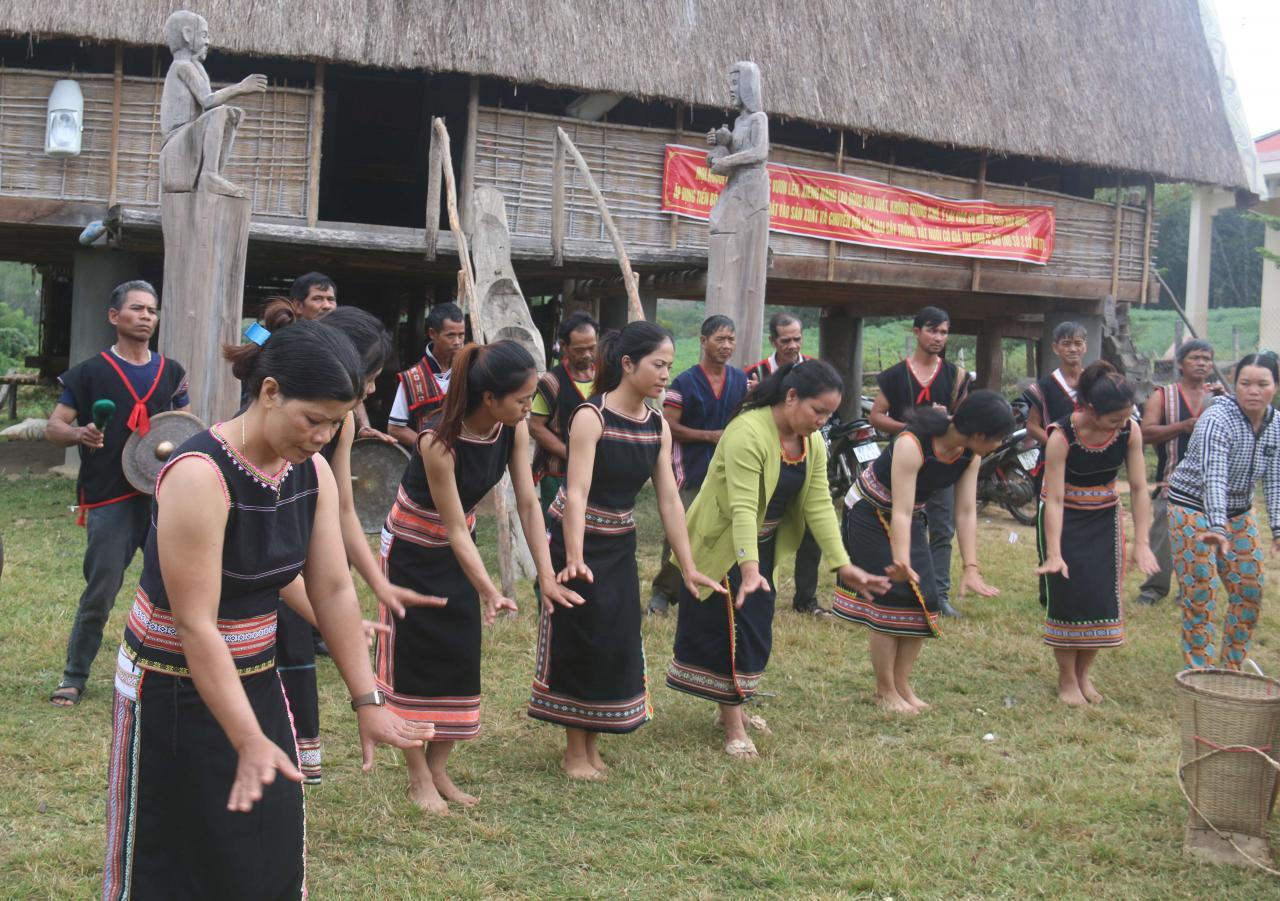
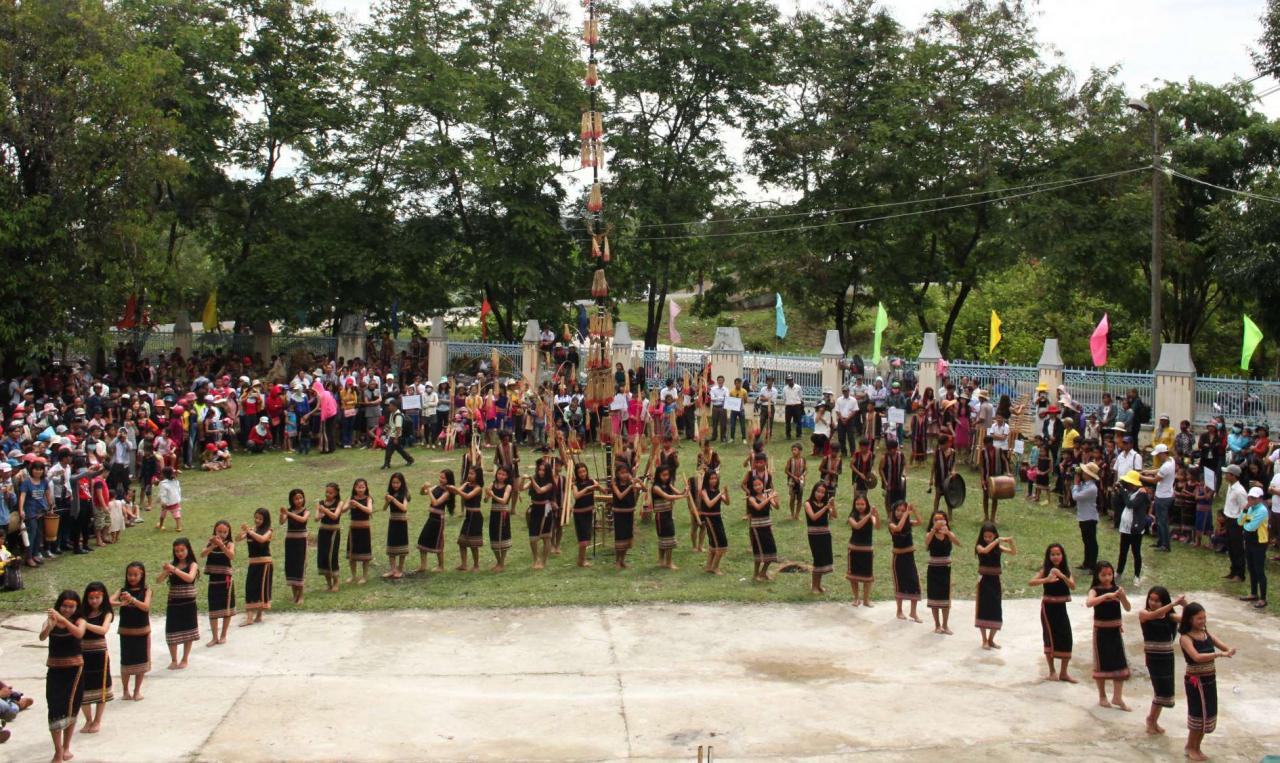
![[Photo] National Assembly Chairman Tran Thanh Man meets with Ethiopian Prime Minister Abiy Ahmed Ali](https://vstatic.vietnam.vn/vietnam/resource/IMAGE/2025/4/16/c196dbc1755d46e4ae7b506c5c15be55)
![[Photo] Many practical activities of the 9th Vietnam-China border defense friendship exchange](https://vstatic.vietnam.vn/vietnam/resource/IMAGE/2025/4/16/3016ed3ef51049219574230056ddb741)
![[Photo] Opening of the 4th Summit of the Partnership for Green Growth and the Global Goals](https://vstatic.vietnam.vn/vietnam/resource/IMAGE/2025/4/16/488550ff07ce4cd9b68a2a9572a6e035)
![[Photo] President Luong Cuong meets 100 typical examples of the Deeds of Kindness Program](https://vstatic.vietnam.vn/vietnam/resource/IMAGE/2025/4/16/ce8300edfa7e4afbb3d6da8f2172d580)
![[Photo] Opening of the Exhibition on Green Growth](https://vstatic.vietnam.vn/vietnam/resource/IMAGE/2025/4/16/253372a4bb6e4138b6f308bc5c63fd51)
![[Photo] President Luong Cuong receives Ethiopian Prime Minister Abiy Ahmed Ali](https://vstatic.vietnam.vn/vietnam/resource/IMAGE/2025/4/16/504685cac833417284c88a786739119c)
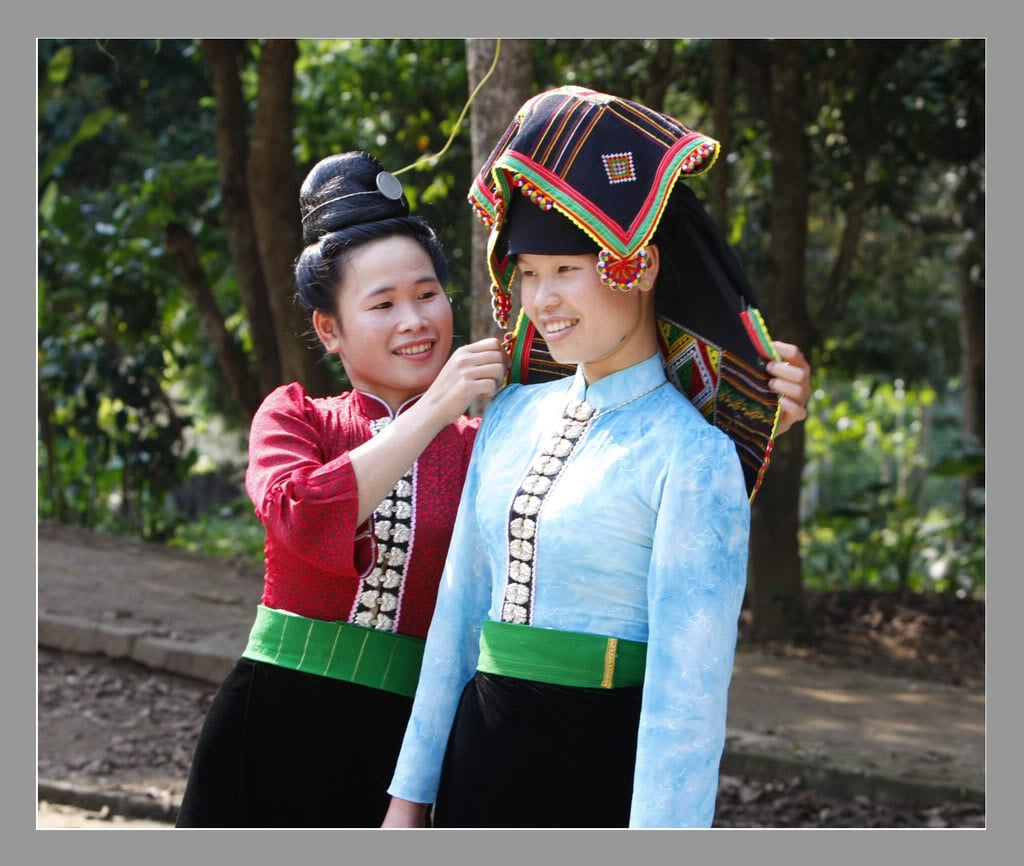

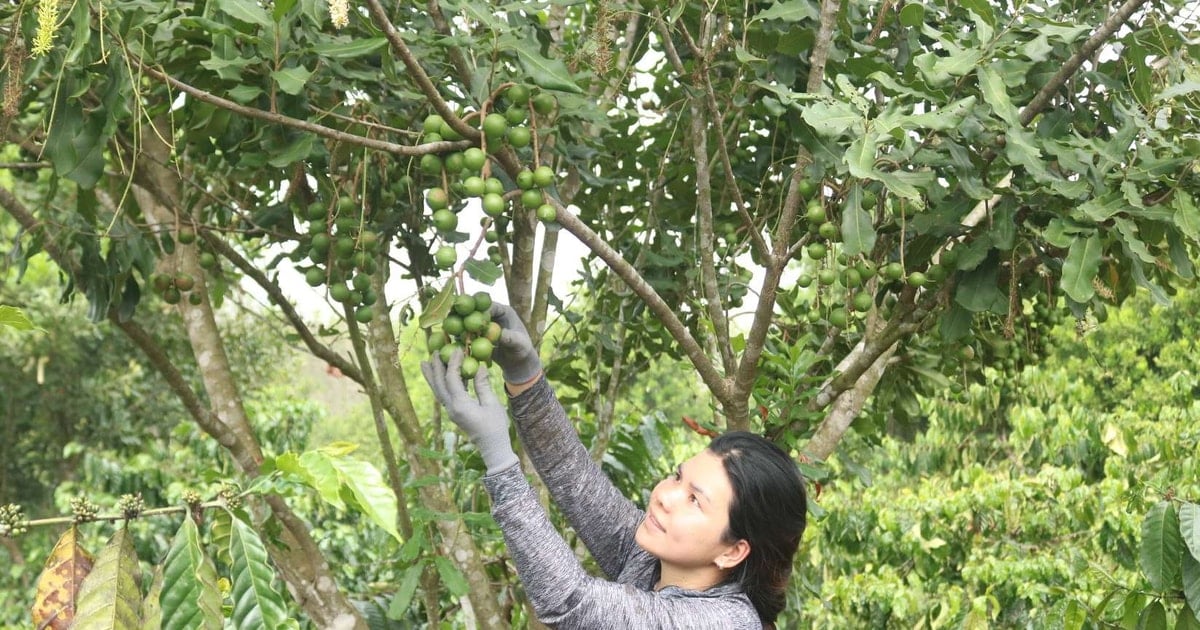



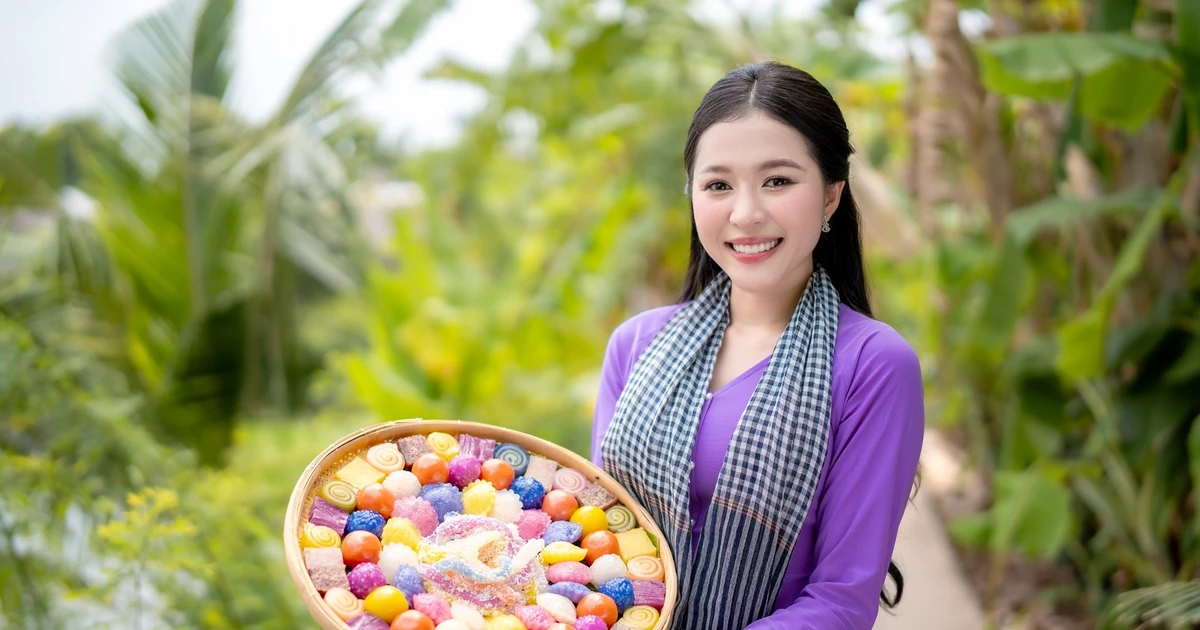


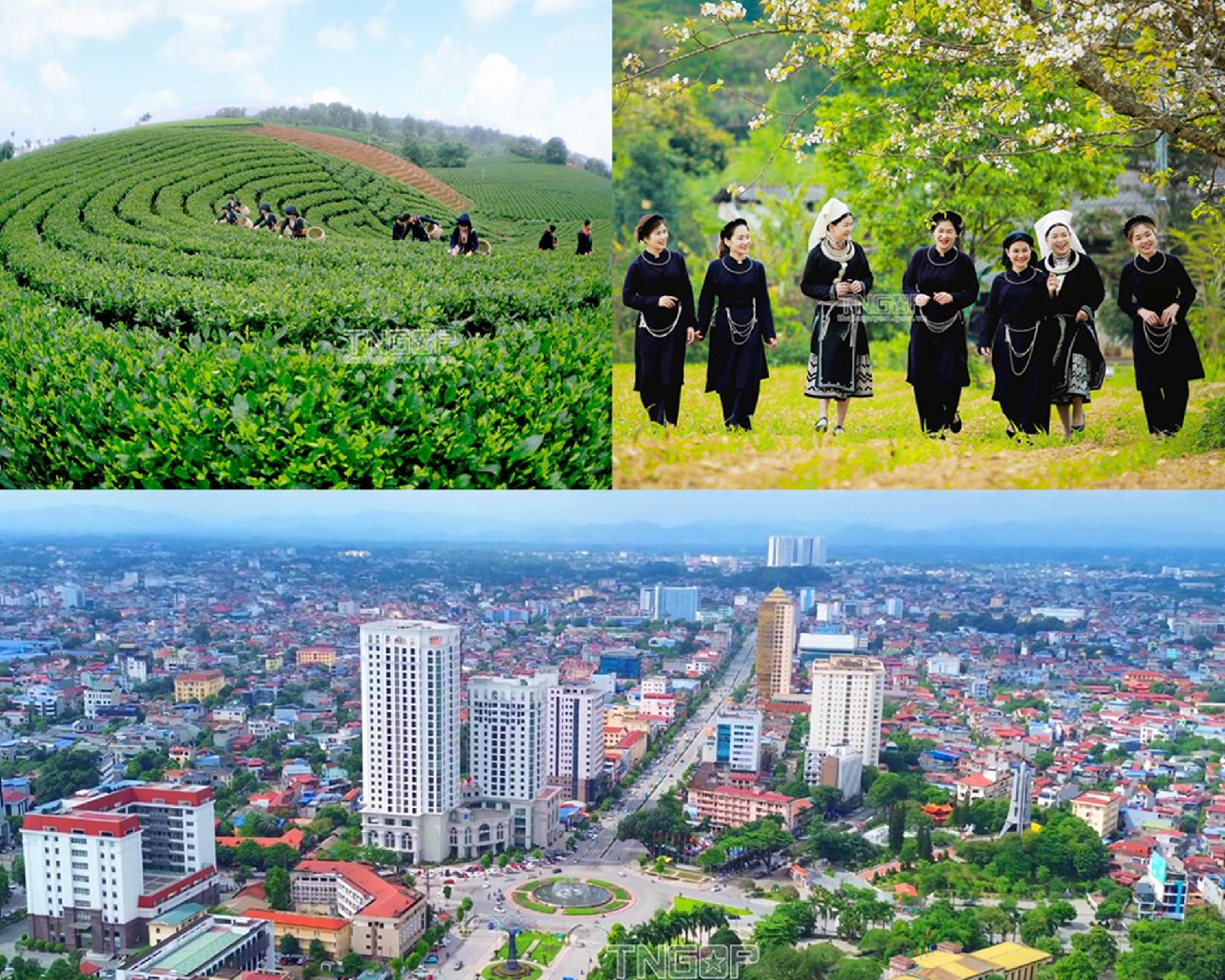

















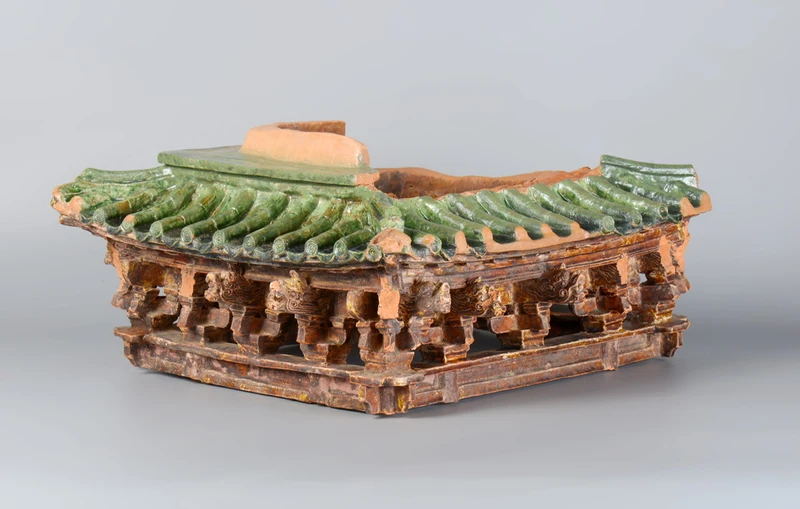












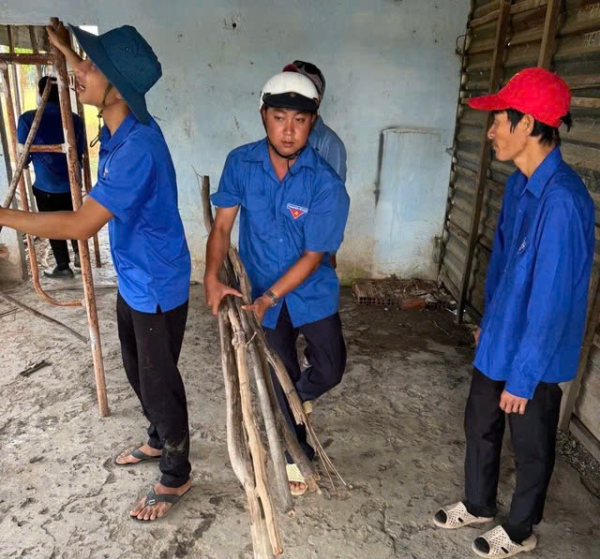

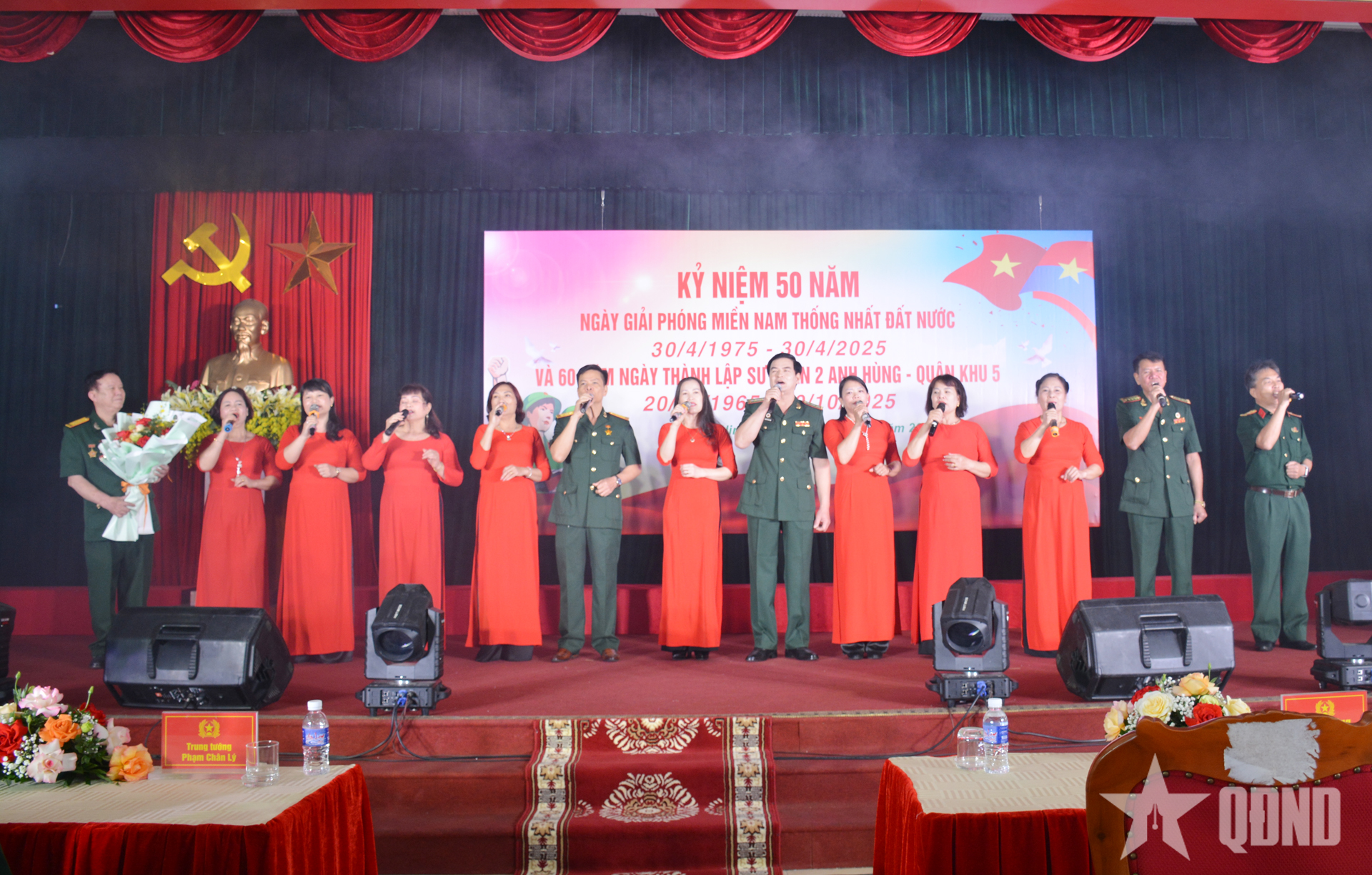

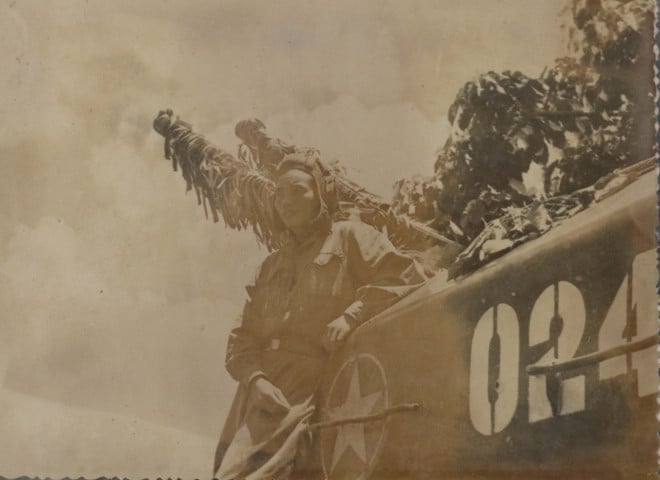










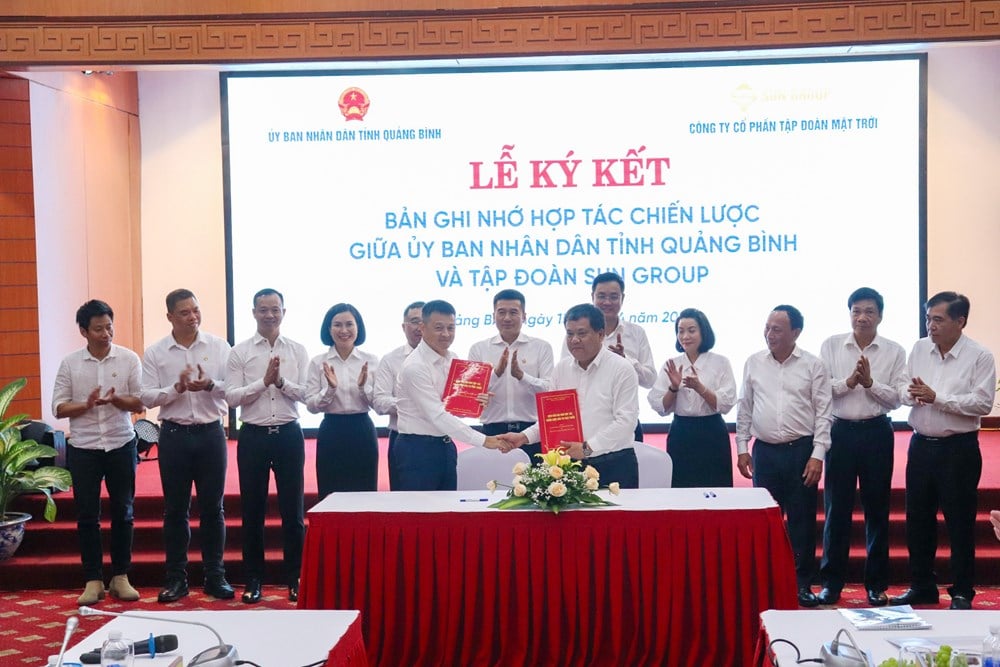

























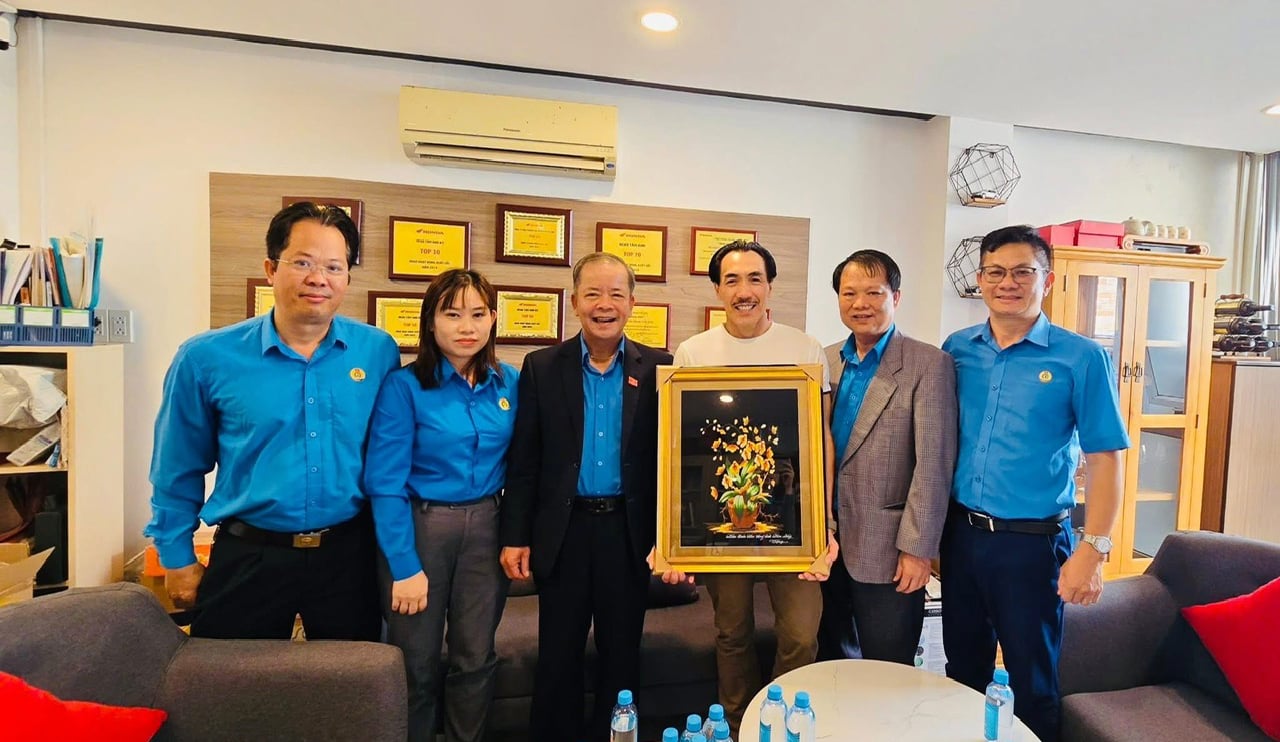

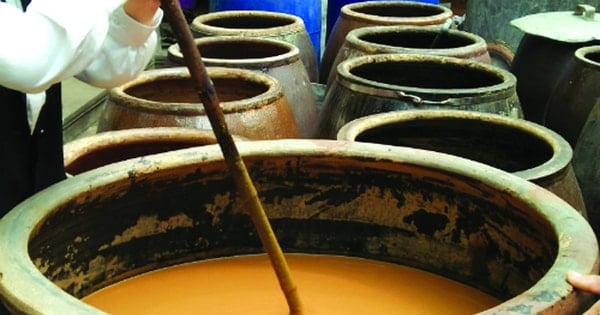




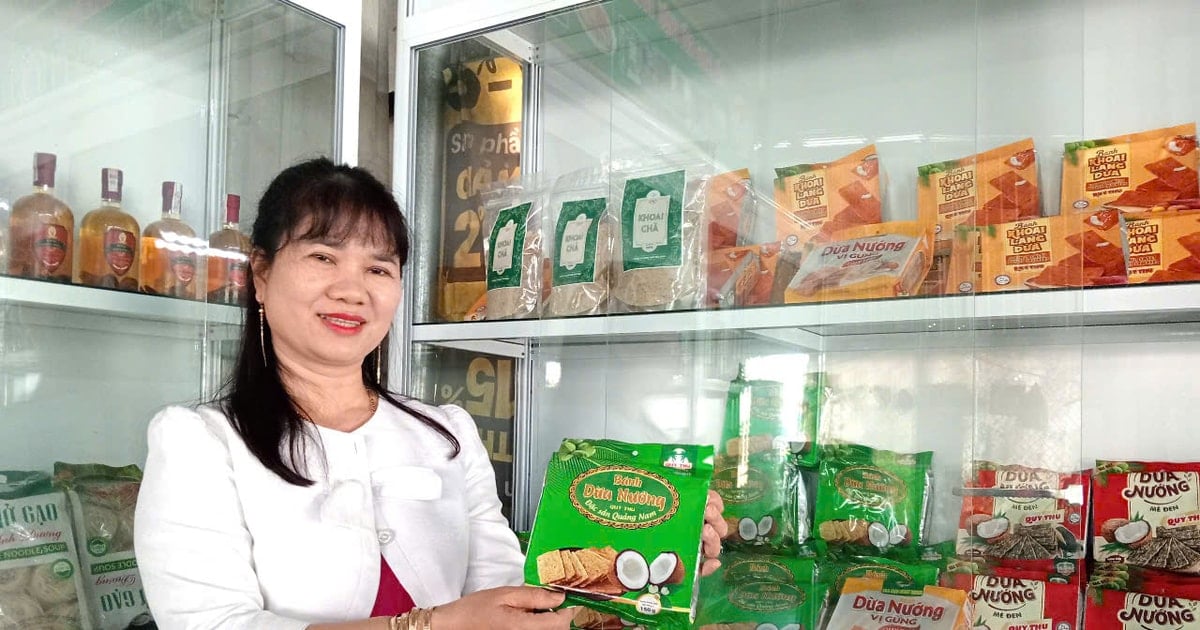





Comment (0)